Monday, 30 September 2019
Today we drive south from Edinburgh and cross back into Northern England to Steel Rigg Car Park at Hadrian's Wall.

Hadrian's Wall is a former defensive fortification of the Roman province of Britannia, begun in AD 122 in the reign of the emperor Hadrian. It ran from the banks of the River Tyne near the North Sea to the Solway Firth on the Irish Sea, and was the northern limit of the Roman Empire, immediately north of which were the lands of the northern Ancient Britons, including the Picts.
It had a stone base and a stone wall. There were milecastles, small forts with two turrets, every mile. There was a fort about every five Roman miles. It is thought the milecastles were staffed with static garrisons, whereas the forts had fighting garrisons of infantry and cavalry. In addition to the wall's defensive military role, its gates may have been customs posts.
Remnants of the wall still stand and can be followed on foot along the adjoining Hadrian's Wall Path. The largest Roman archaeological feature in Britain, it runs a total of 73 miles (117.5 kilometres) in northern England. Regarded as a British cultural icon, Hadrian's Wall is one of Britain's major ancient tourist attractions.
Hadrian’s Wall marked the boundary between Roman Britannia and unconquered Caledonia to the north. The wall lies entirely within England and has never formed the Anglo-Scottish border. While it is less than 0.6 mi (1.0 km) south of the border with Scotland in the west at Bowness-on-Solway, in the east at Wallsend it is as much as 68 miles (109 km) away.
On Rick Steves' suggestion, we took the brief ridge walk next to the wall from Stell Rigg to Sycamore Gap to Housesteads Roman Fort to get what he calls the perfect taste of the scenery and history.
It had a stone base and a stone wall. There were milecastles, small forts with two turrets, every mile. There was a fort about every five Roman miles. It is thought the milecastles were staffed with static garrisons, whereas the forts had fighting garrisons of infantry and cavalry. In addition to the wall's defensive military role, its gates may have been customs posts.
Remnants of the wall still stand and can be followed on foot along the adjoining Hadrian's Wall Path. The largest Roman archaeological feature in Britain, it runs a total of 73 miles (117.5 kilometres) in northern England. Regarded as a British cultural icon, Hadrian's Wall is one of Britain's major ancient tourist attractions.
Hadrian’s Wall marked the boundary between Roman Britannia and unconquered Caledonia to the north. The wall lies entirely within England and has never formed the Anglo-Scottish border. While it is less than 0.6 mi (1.0 km) south of the border with Scotland in the west at Bowness-on-Solway, in the east at Wallsend it is as much as 68 miles (109 km) away.
On Rick Steves' suggestion, we took the brief ridge walk next to the wall from Stell Rigg to Sycamore Gap to Housesteads Roman Fort to get what he calls the perfect taste of the scenery and history.
Housesteads Roman Fort is the remains of a fort on Hadrian's Wall. The fort was built in stone around AD 124, soon after the construction of the wall began in AD 122. The name of the 18th-century farmhouse of Housesteads gives the modern name. The site is owned by the National Trust.
And then we drive on to Durham. An unusually long drive for us in our tour of Ireland/United Kingdom.




























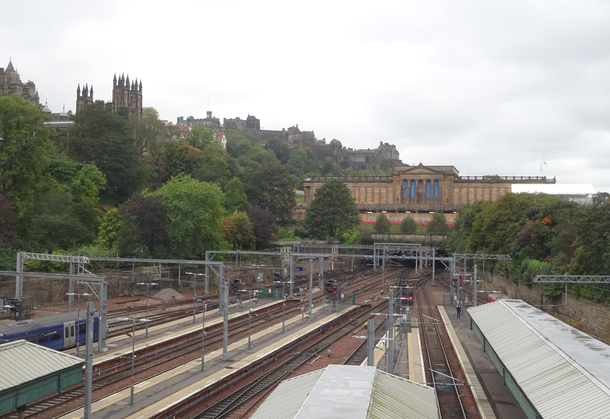





















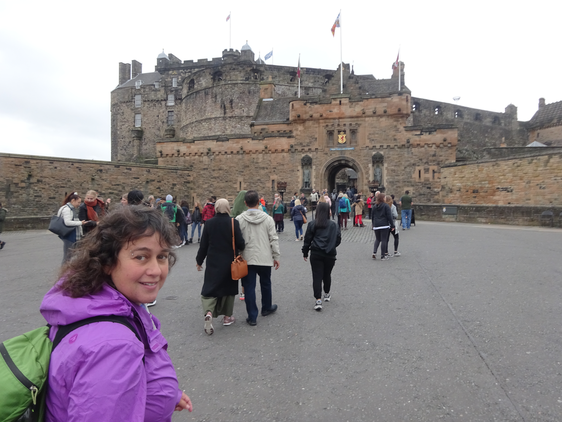










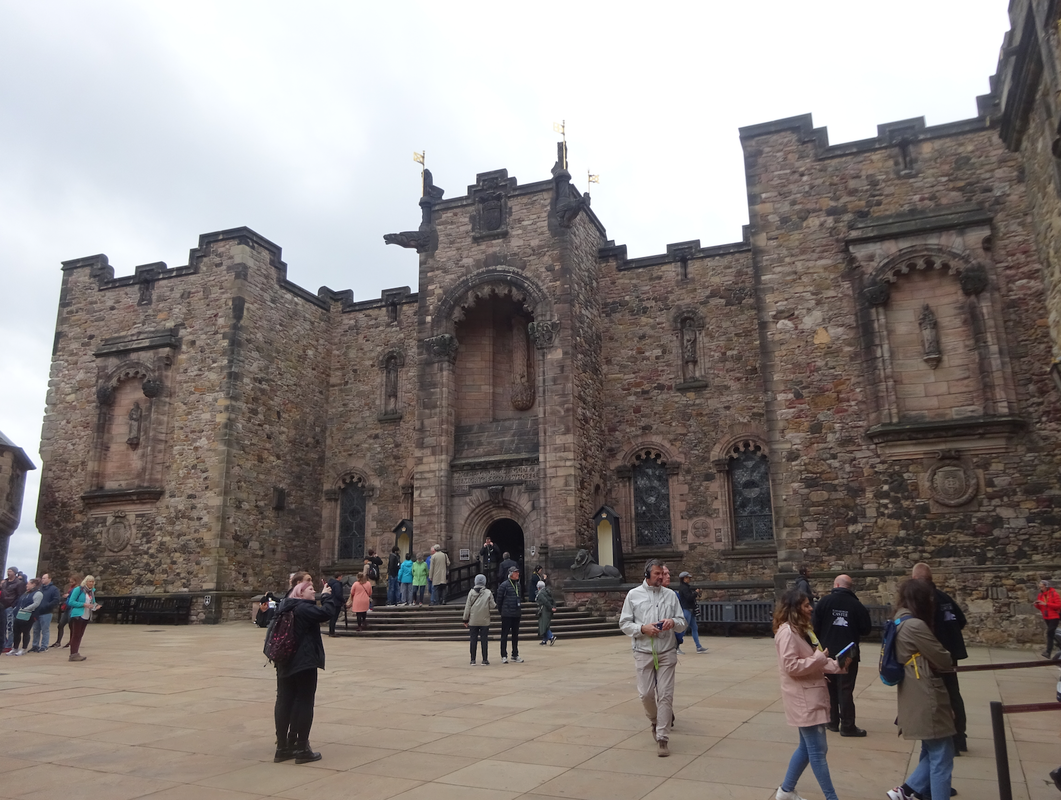













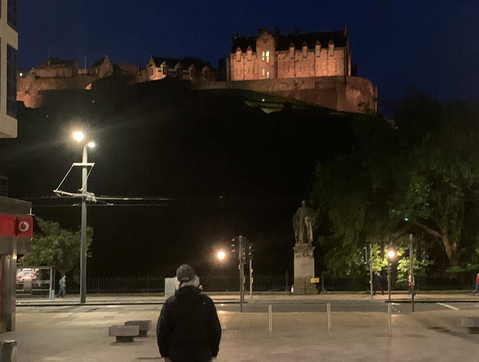

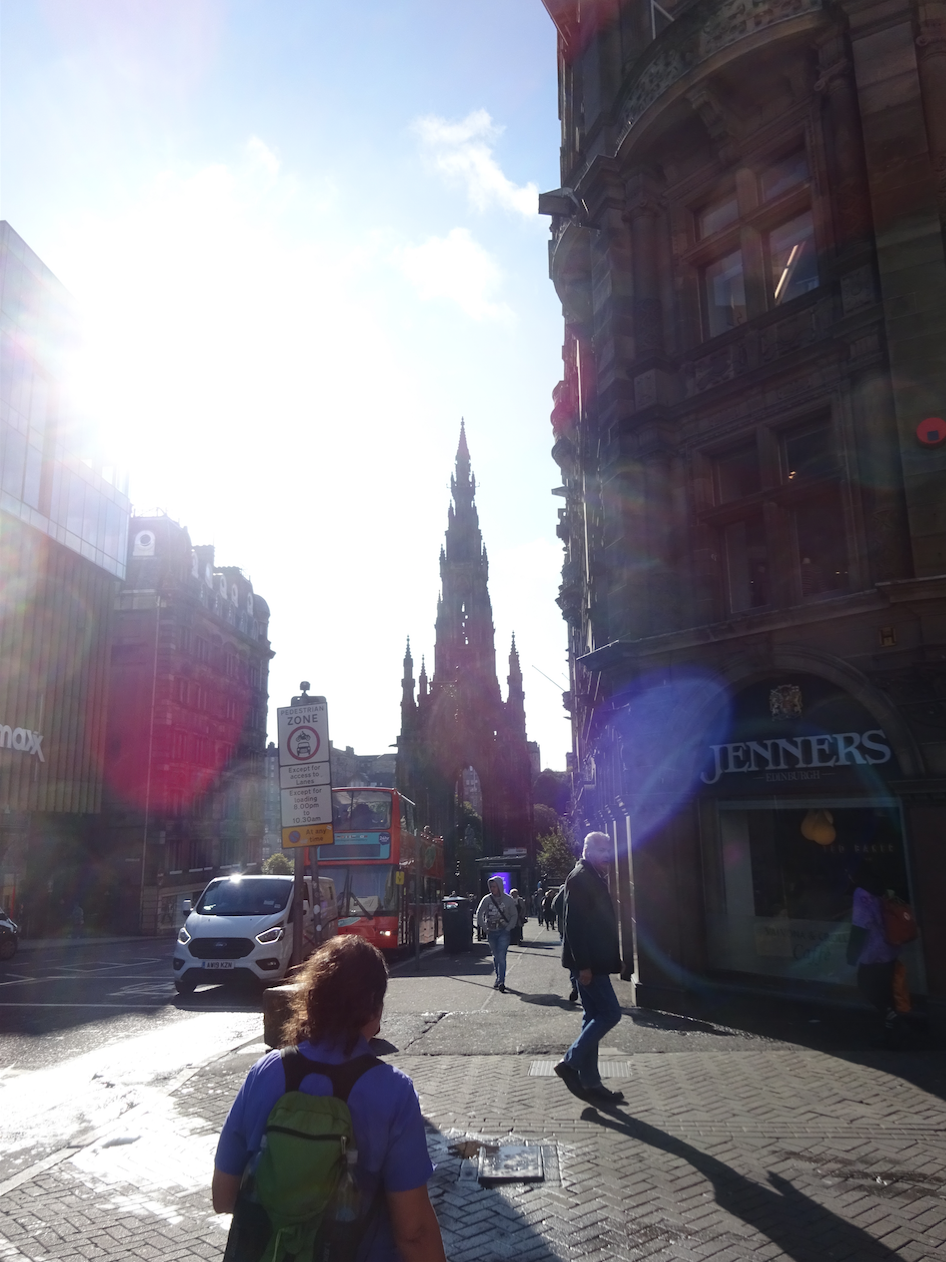










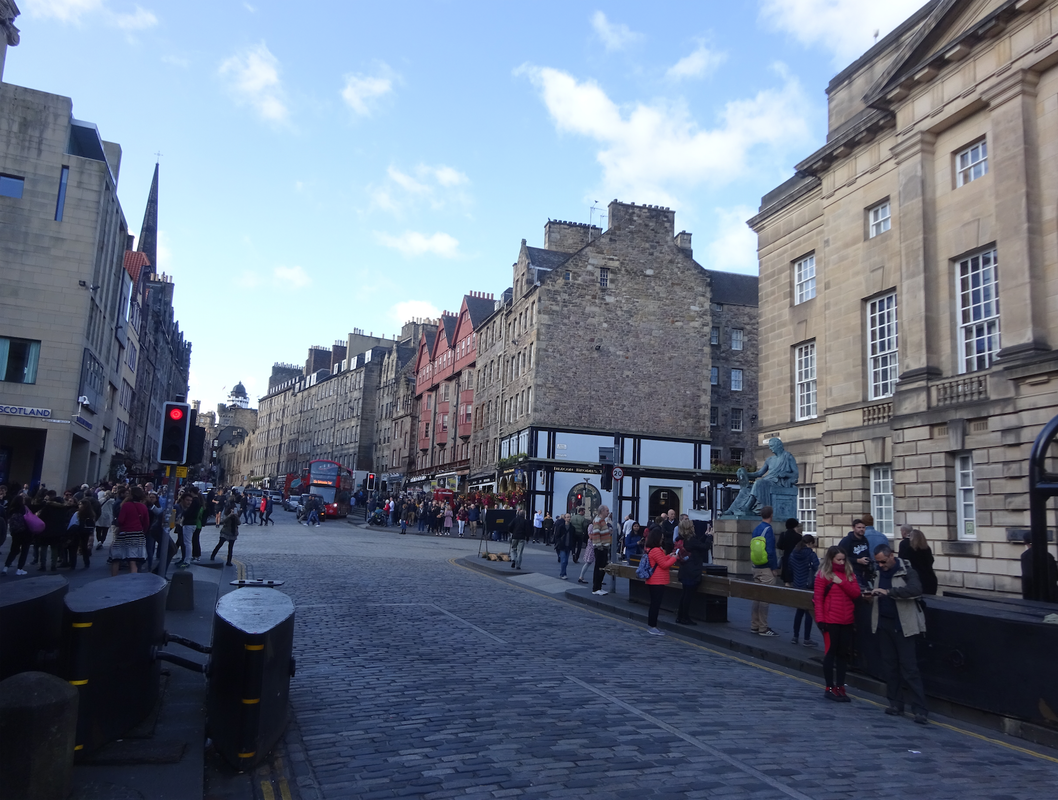






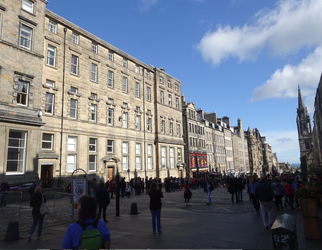




















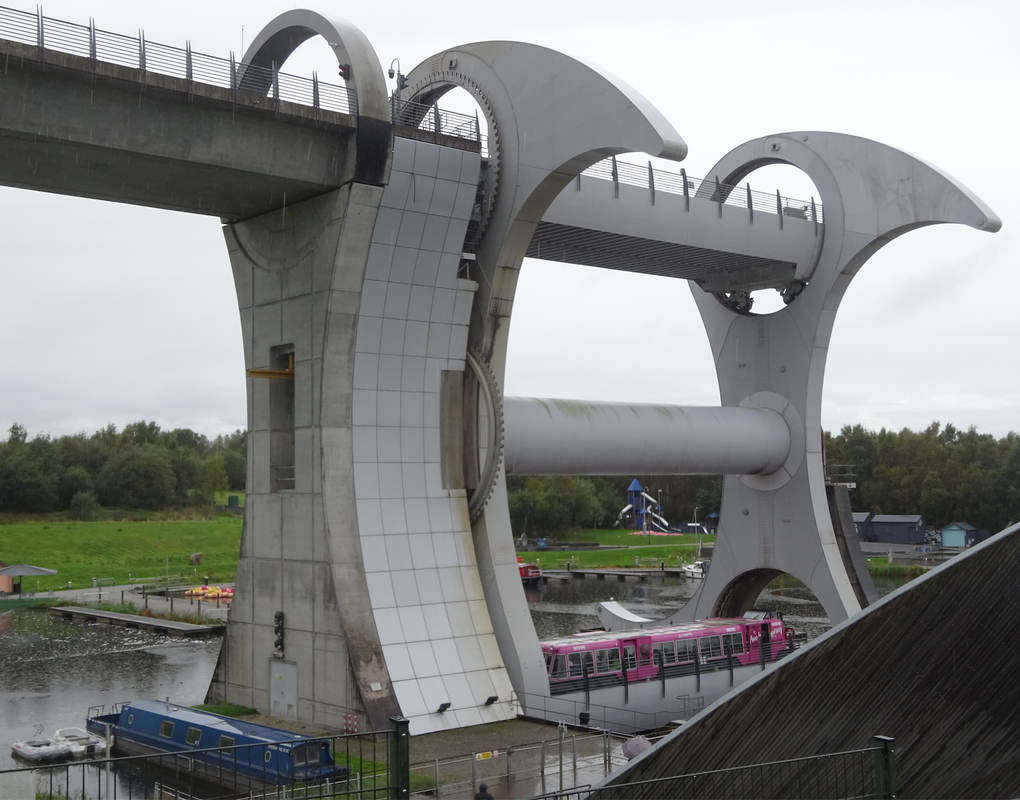
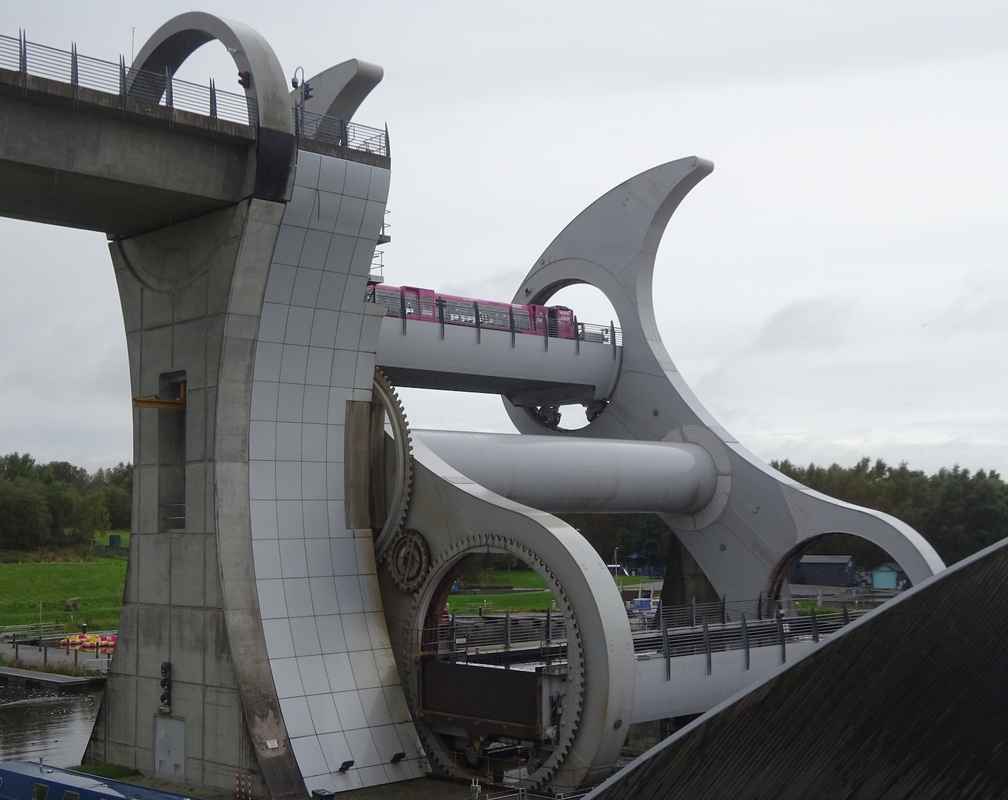
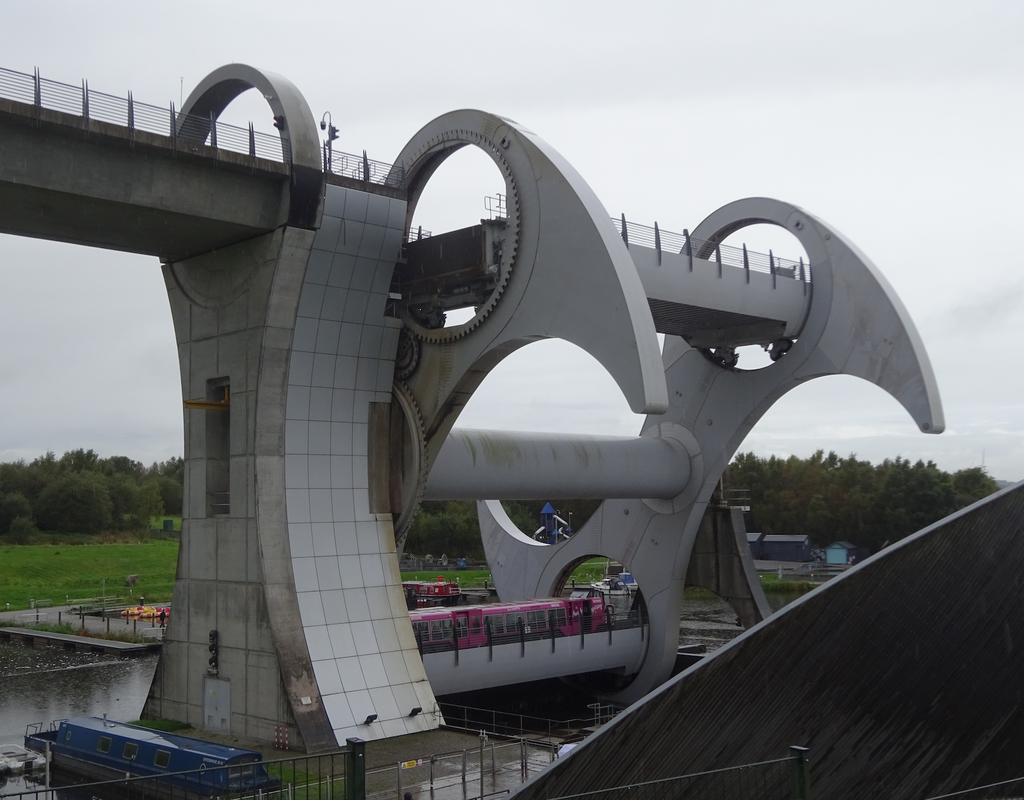
















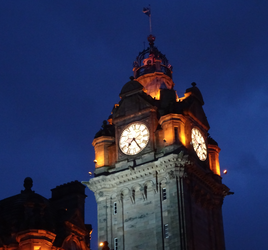









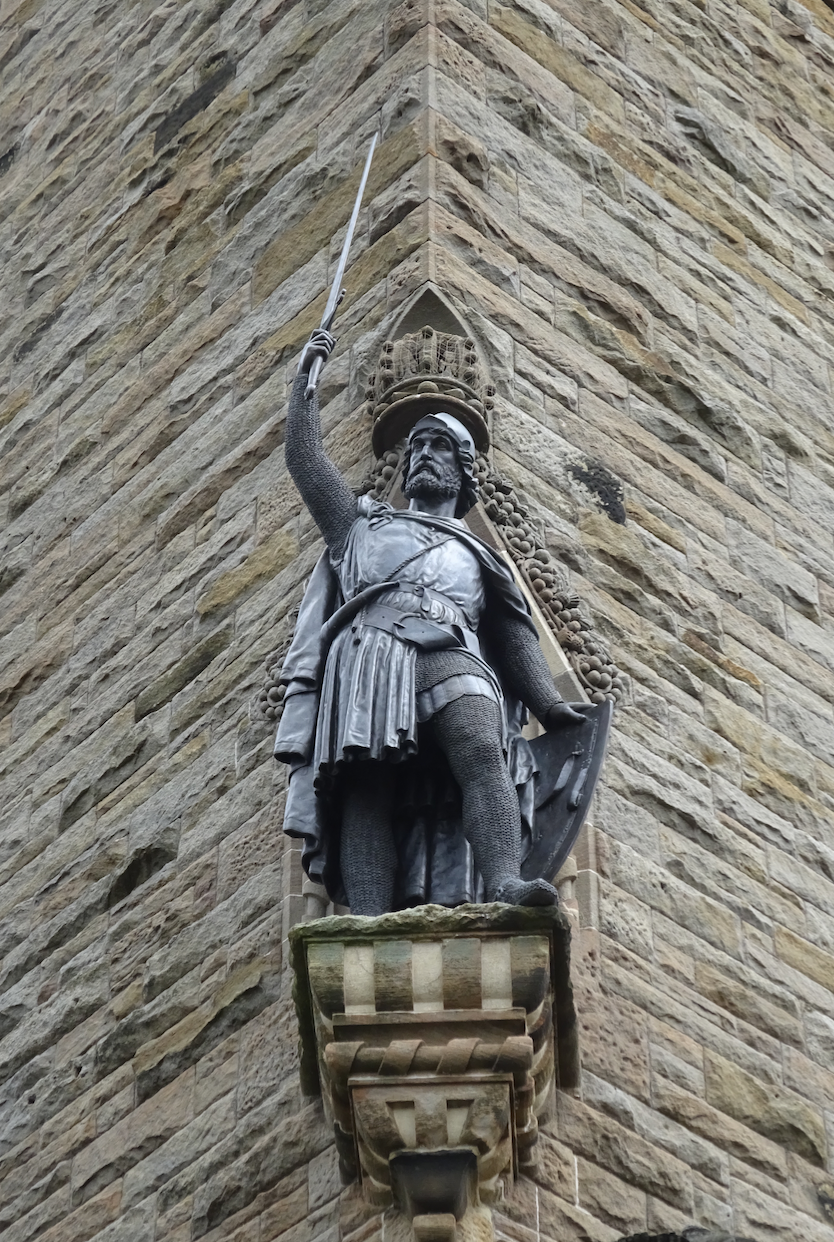
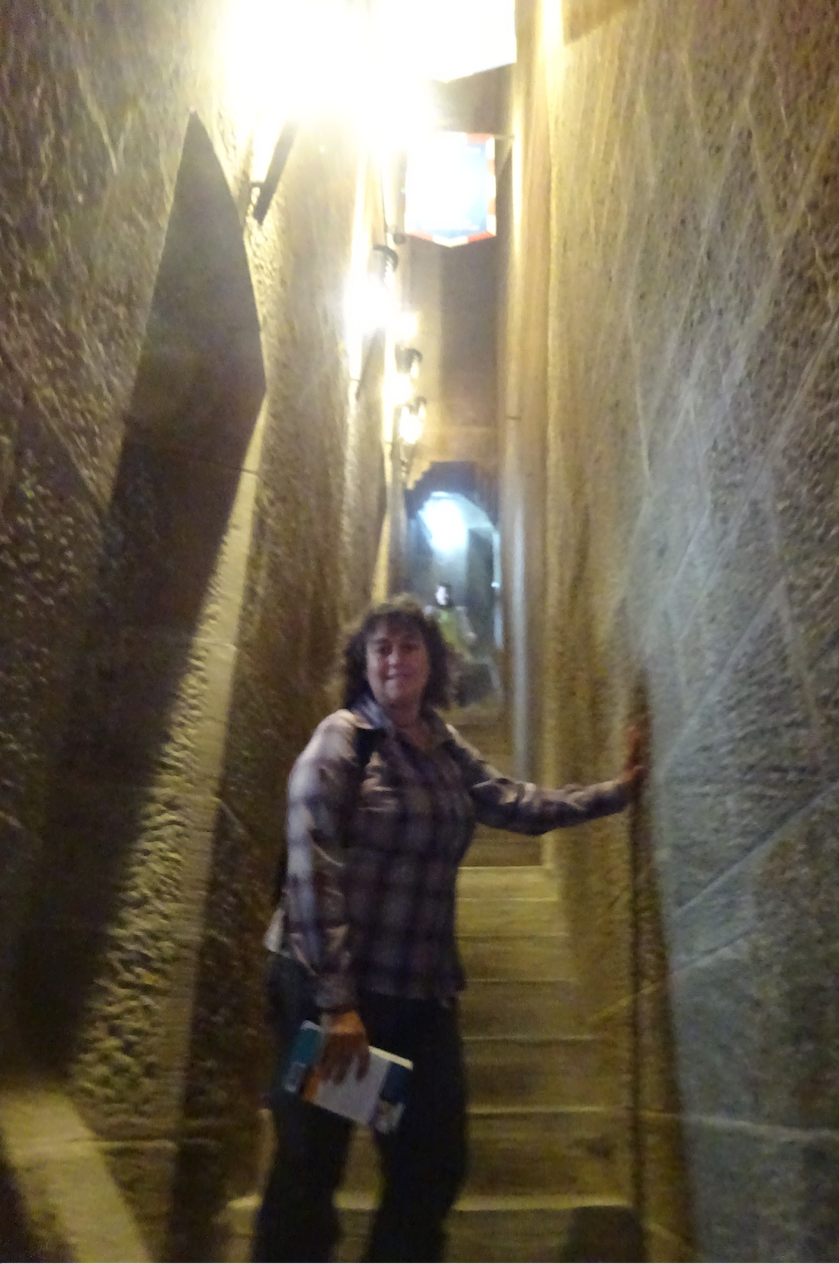

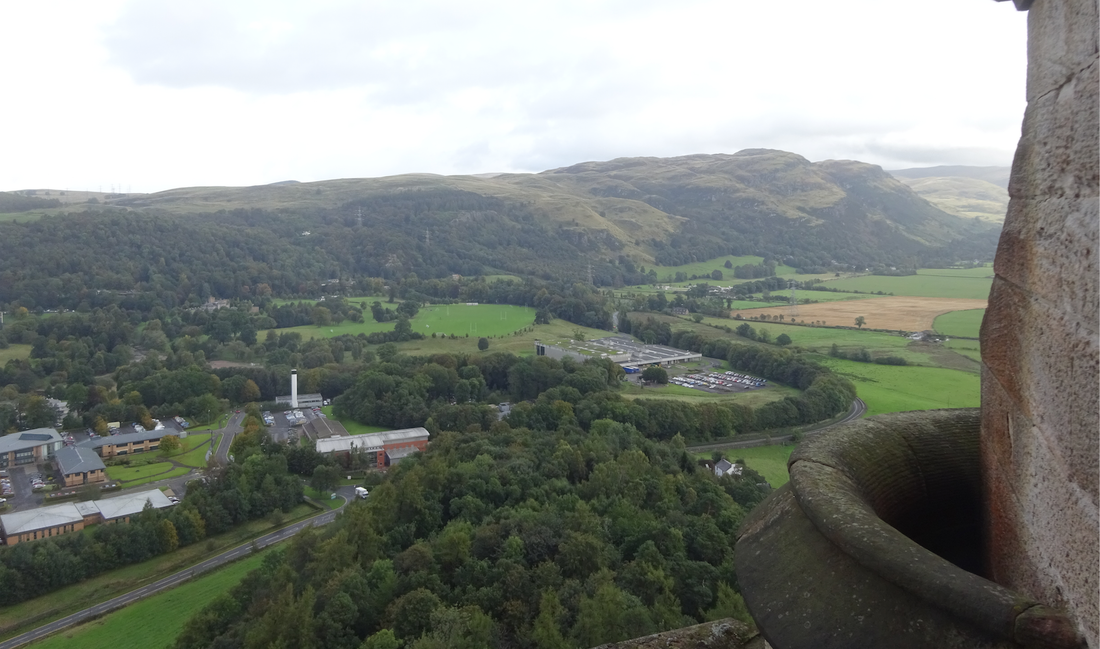









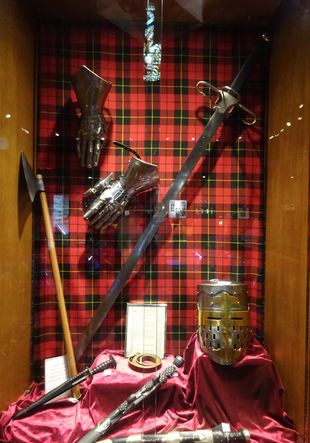
















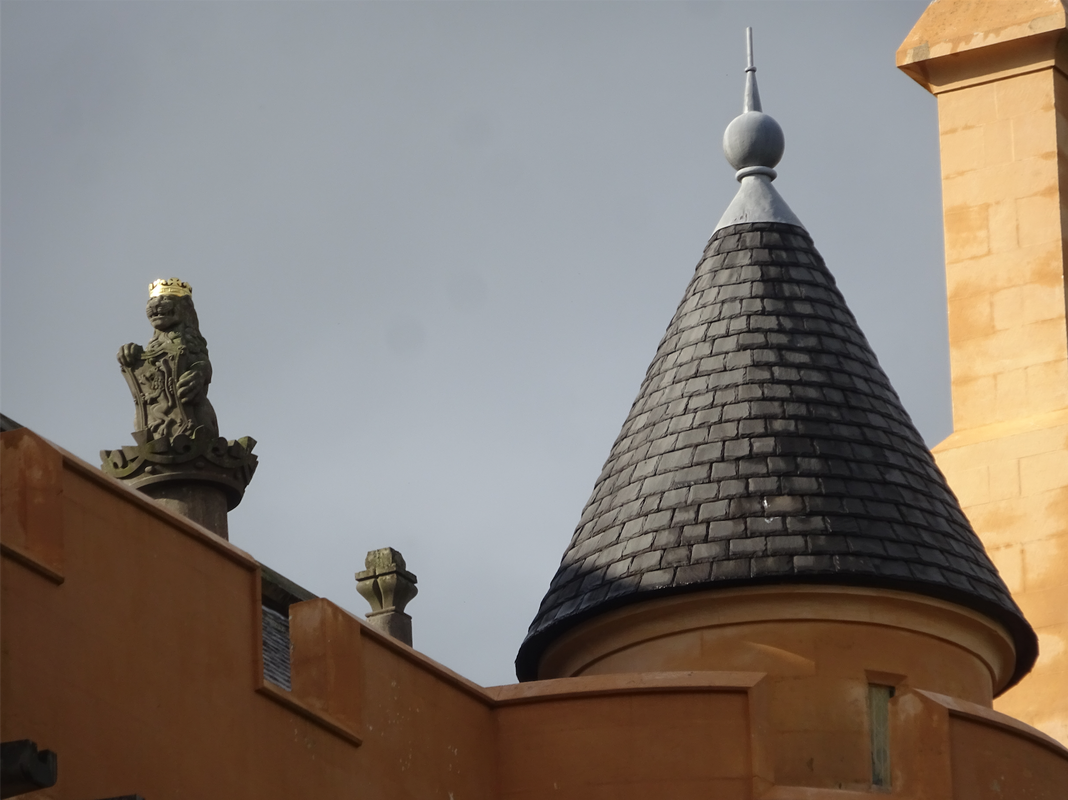





















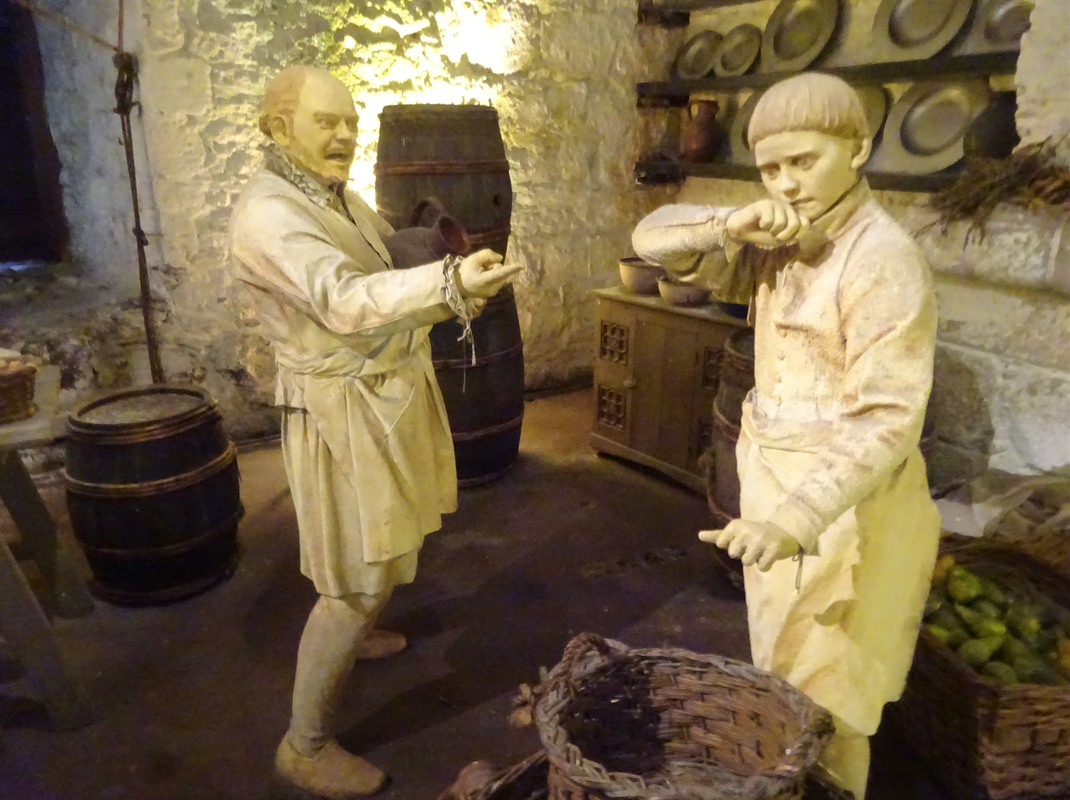


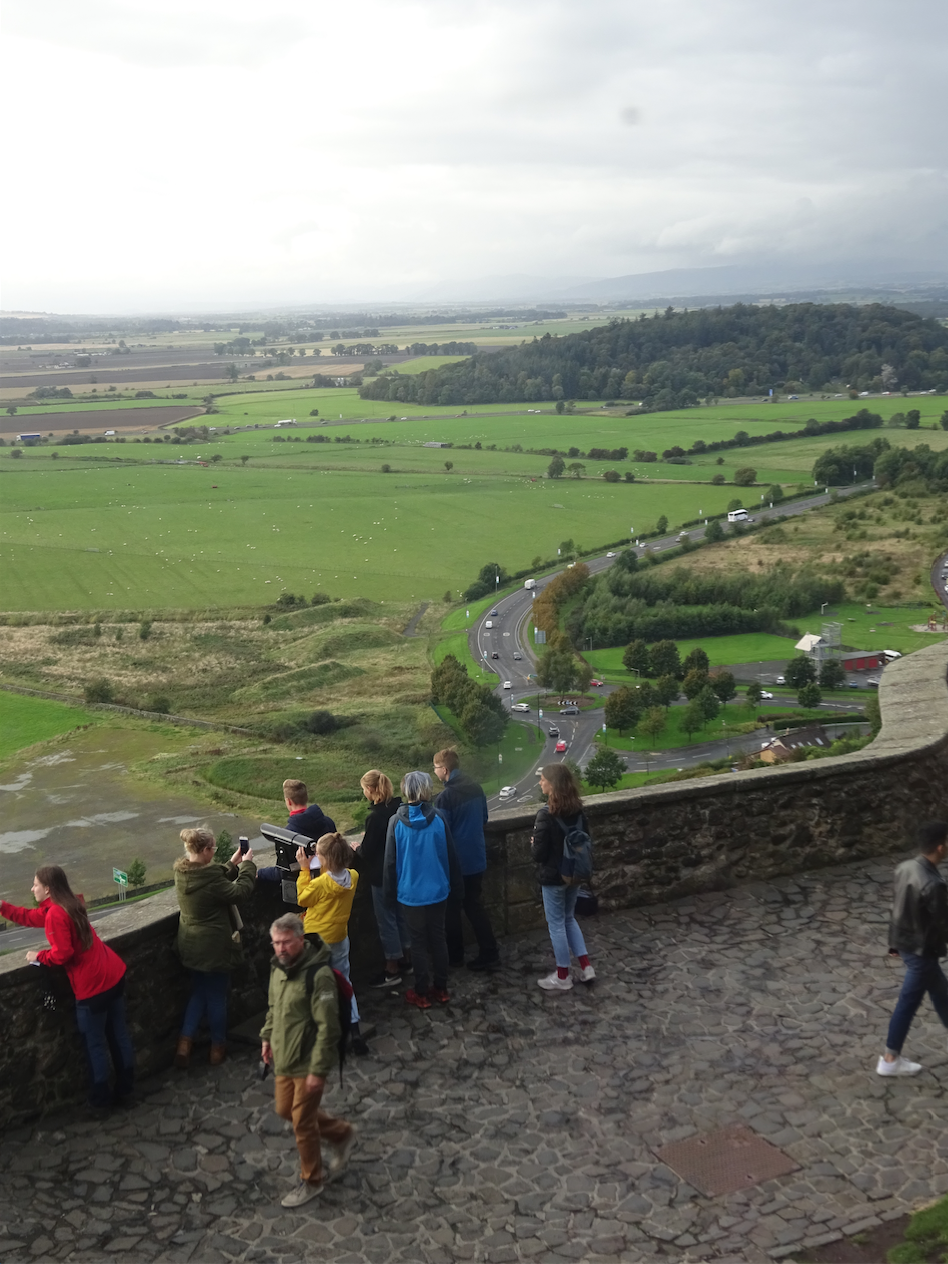


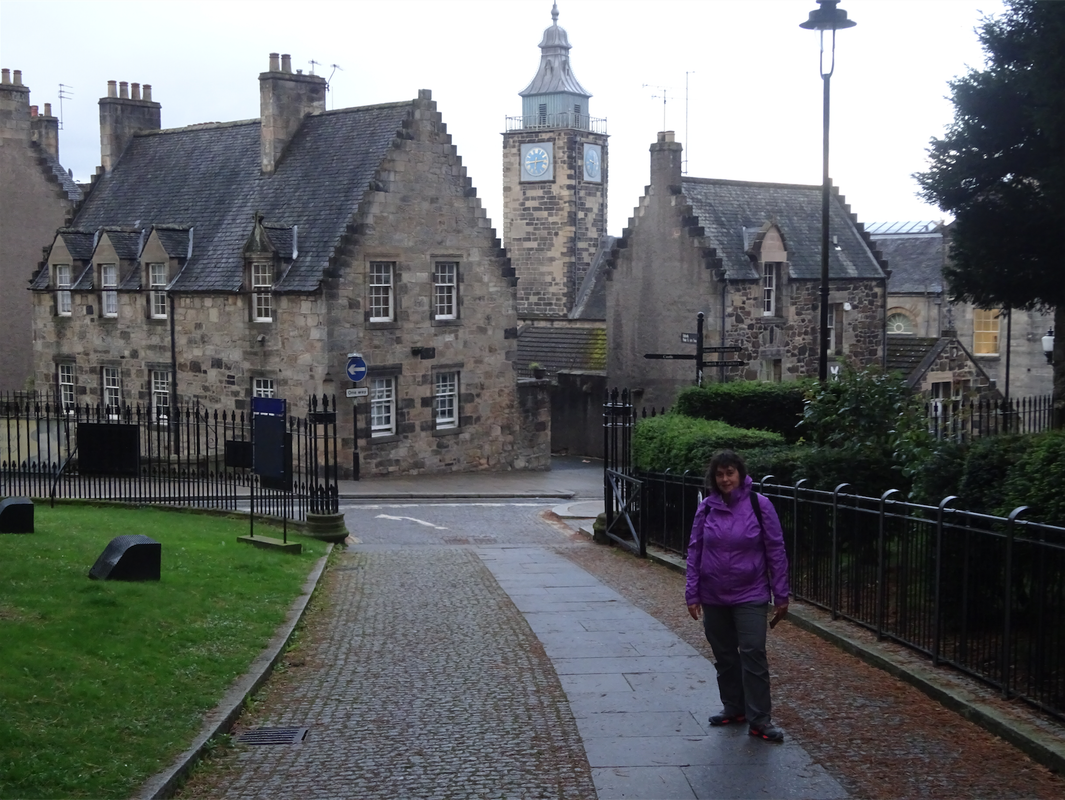



























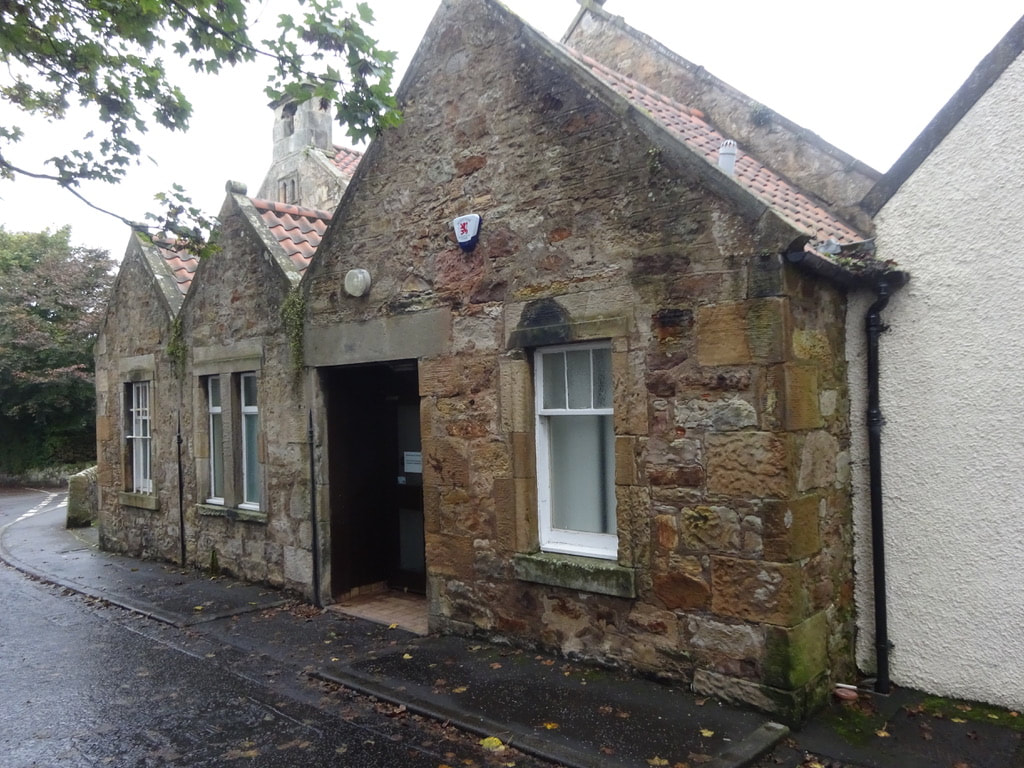
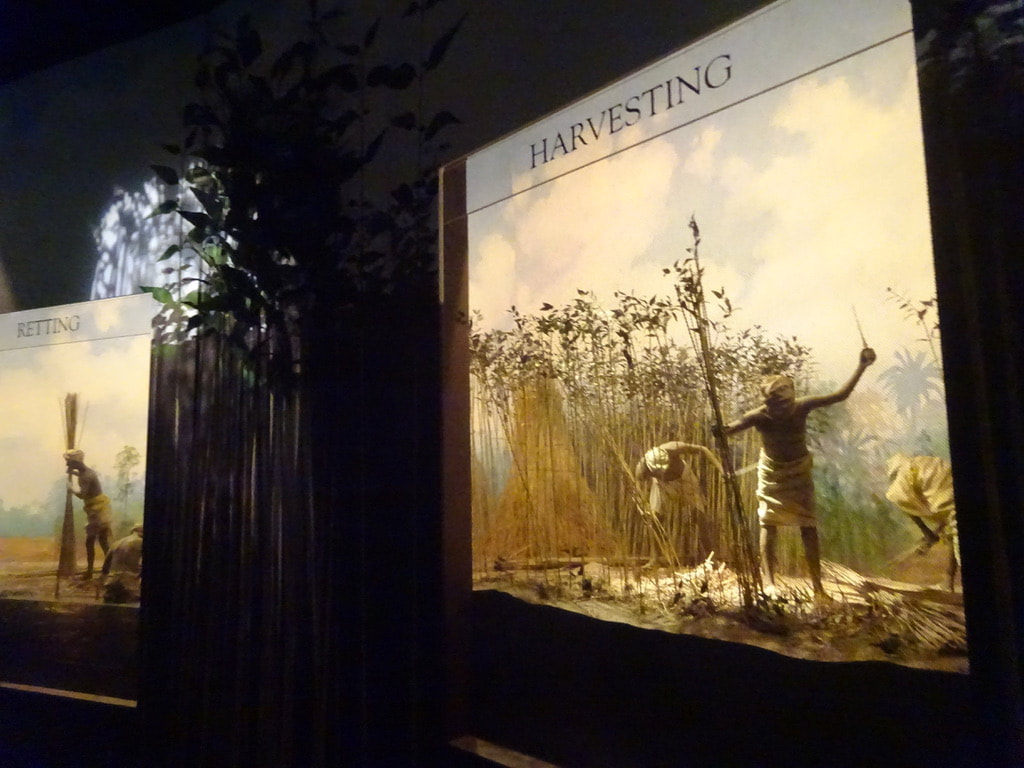







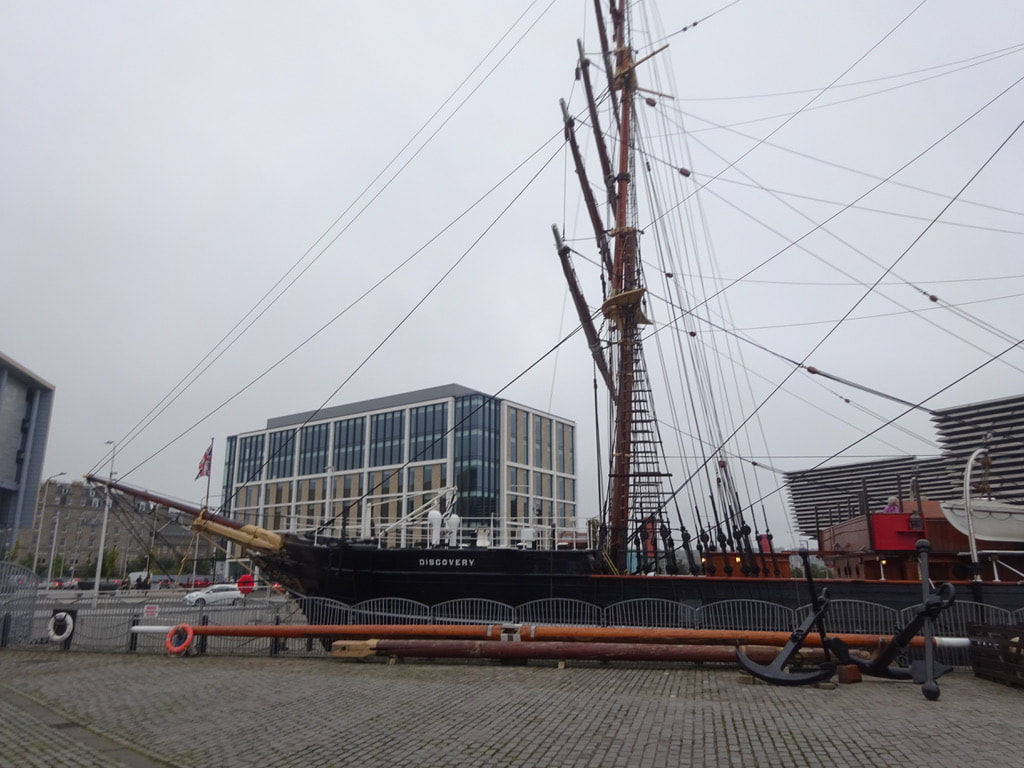






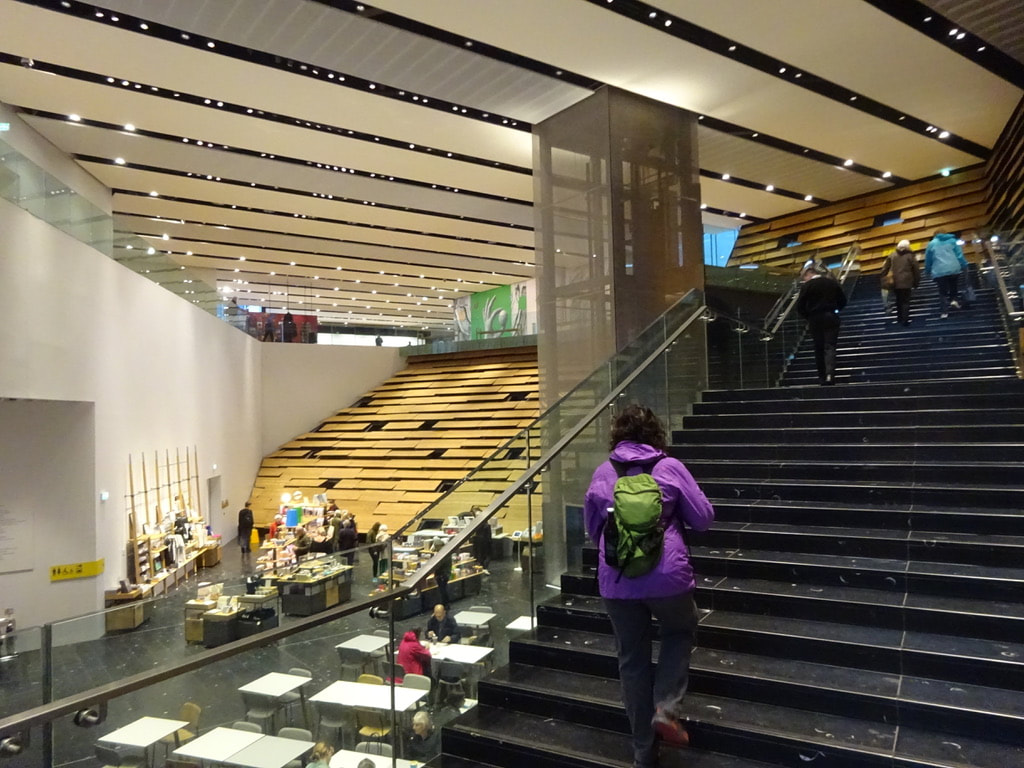







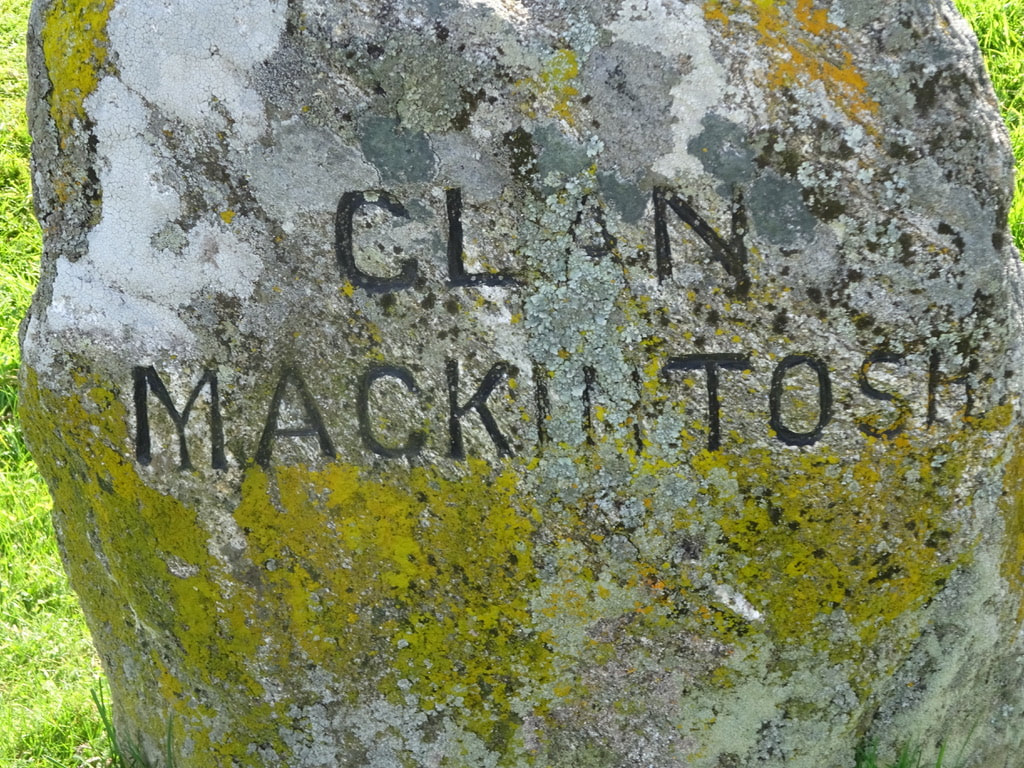


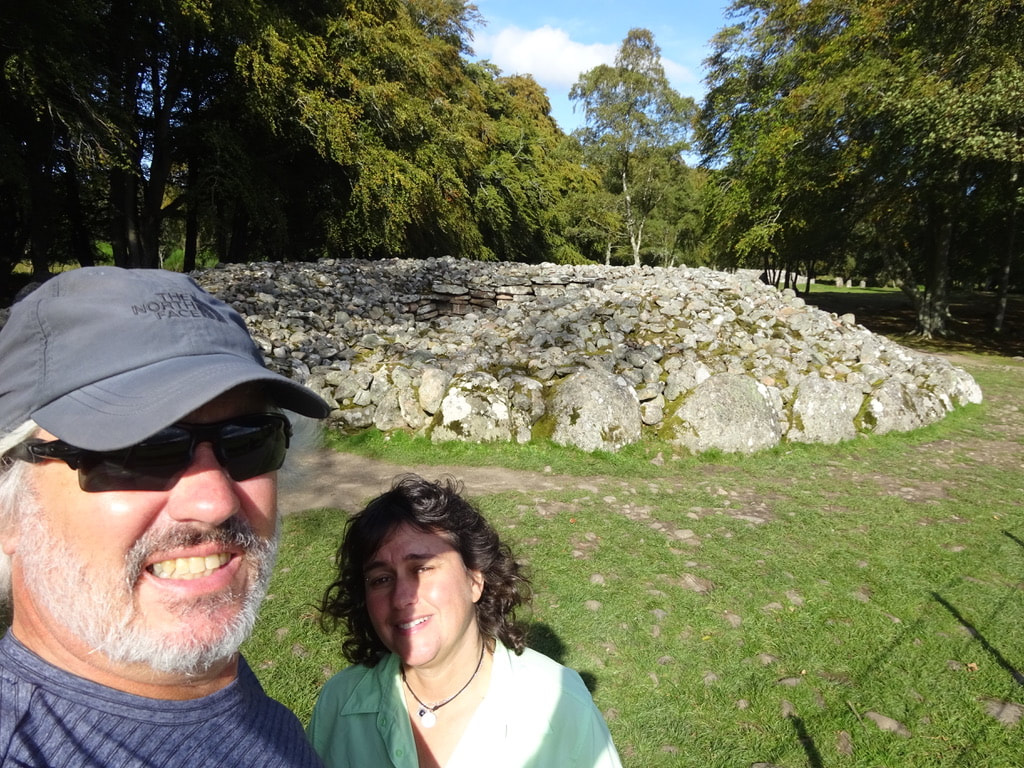


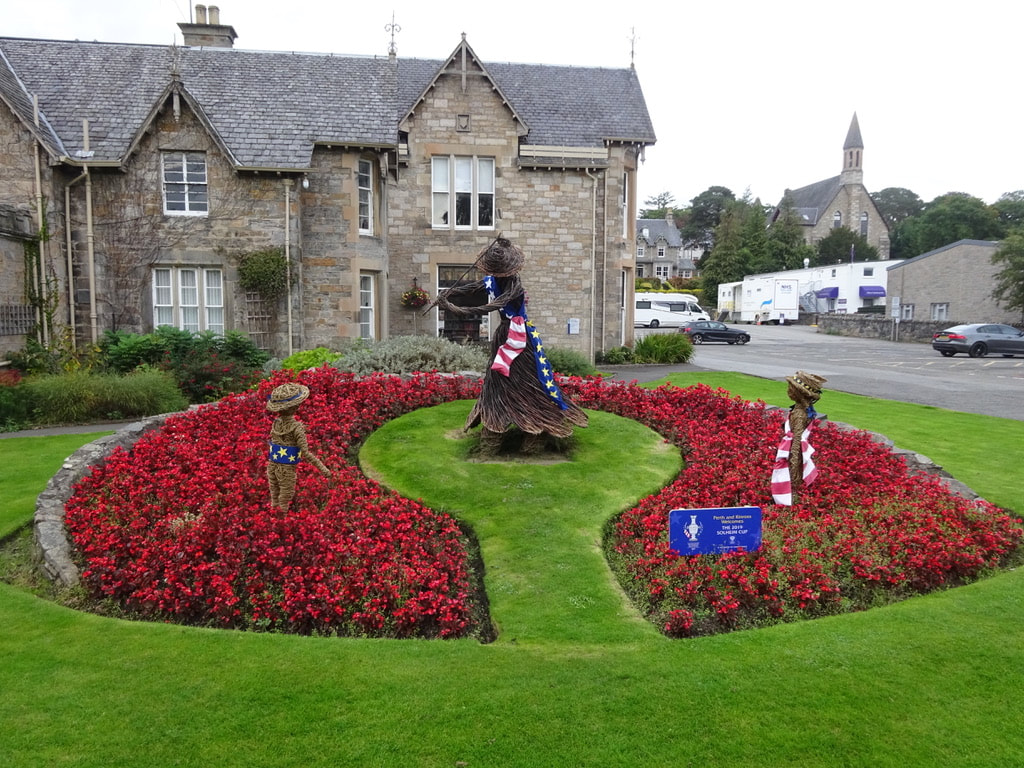

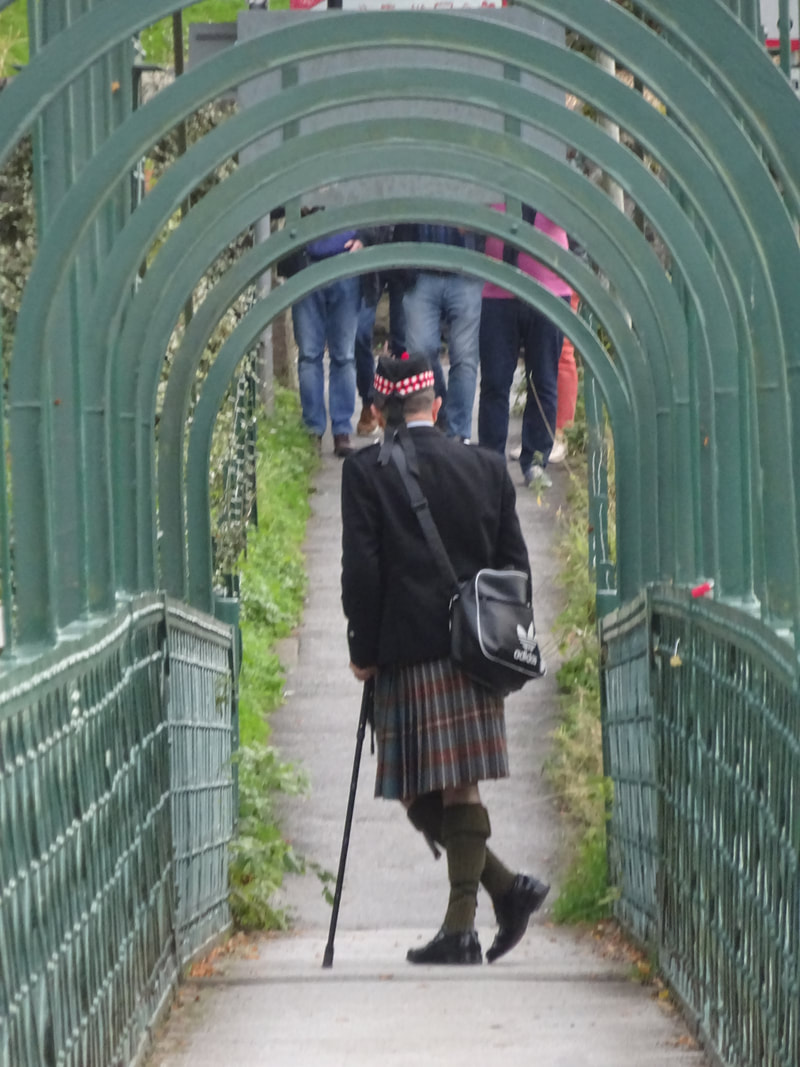
















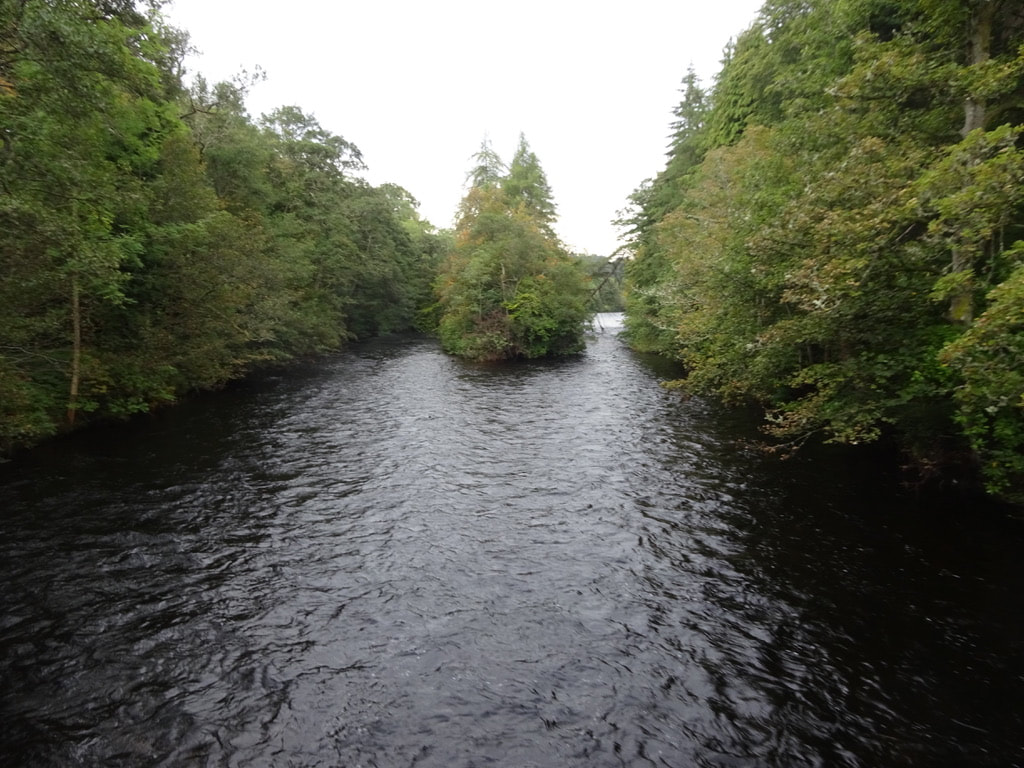




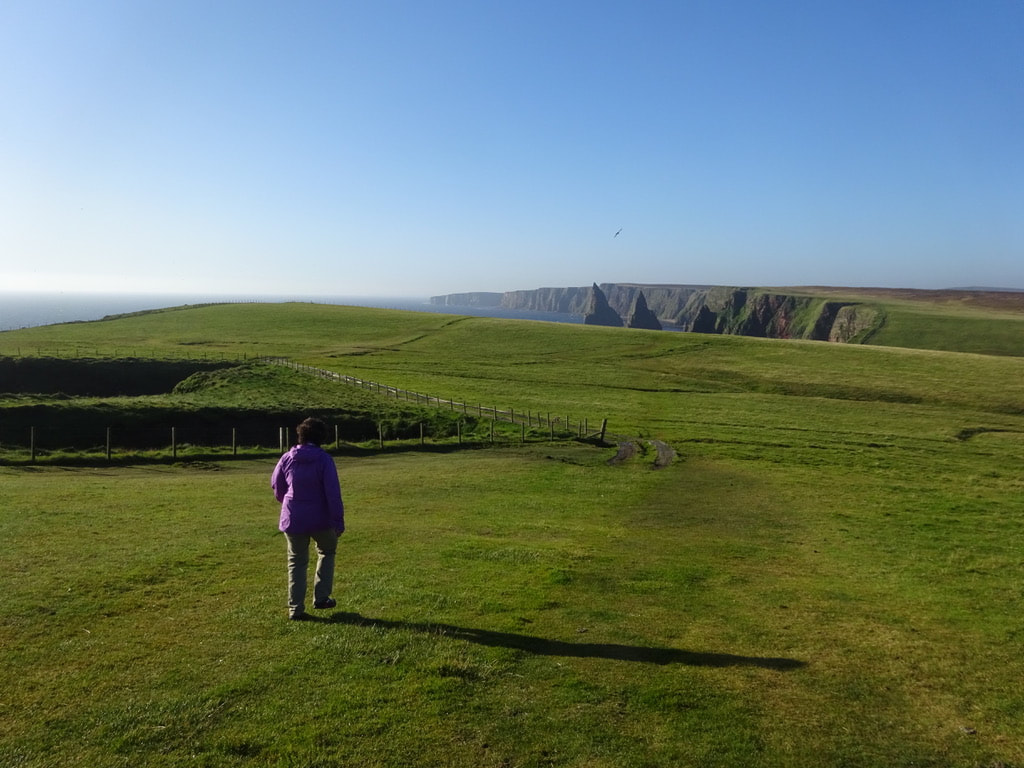
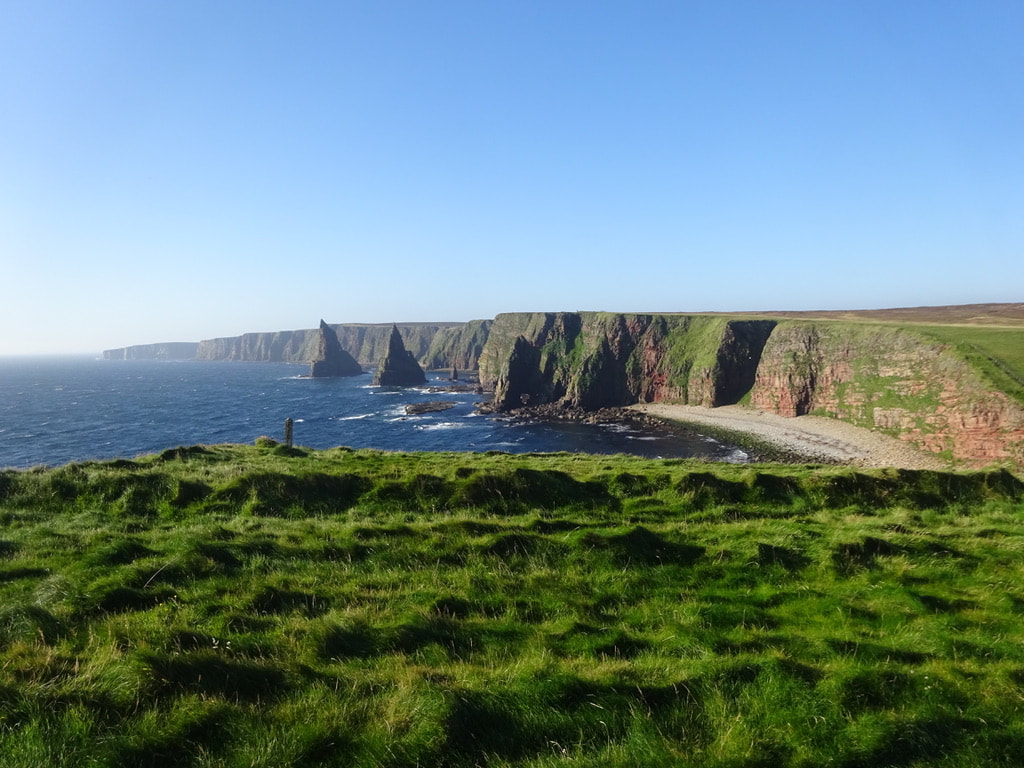













 RSS Feed
RSS Feed
